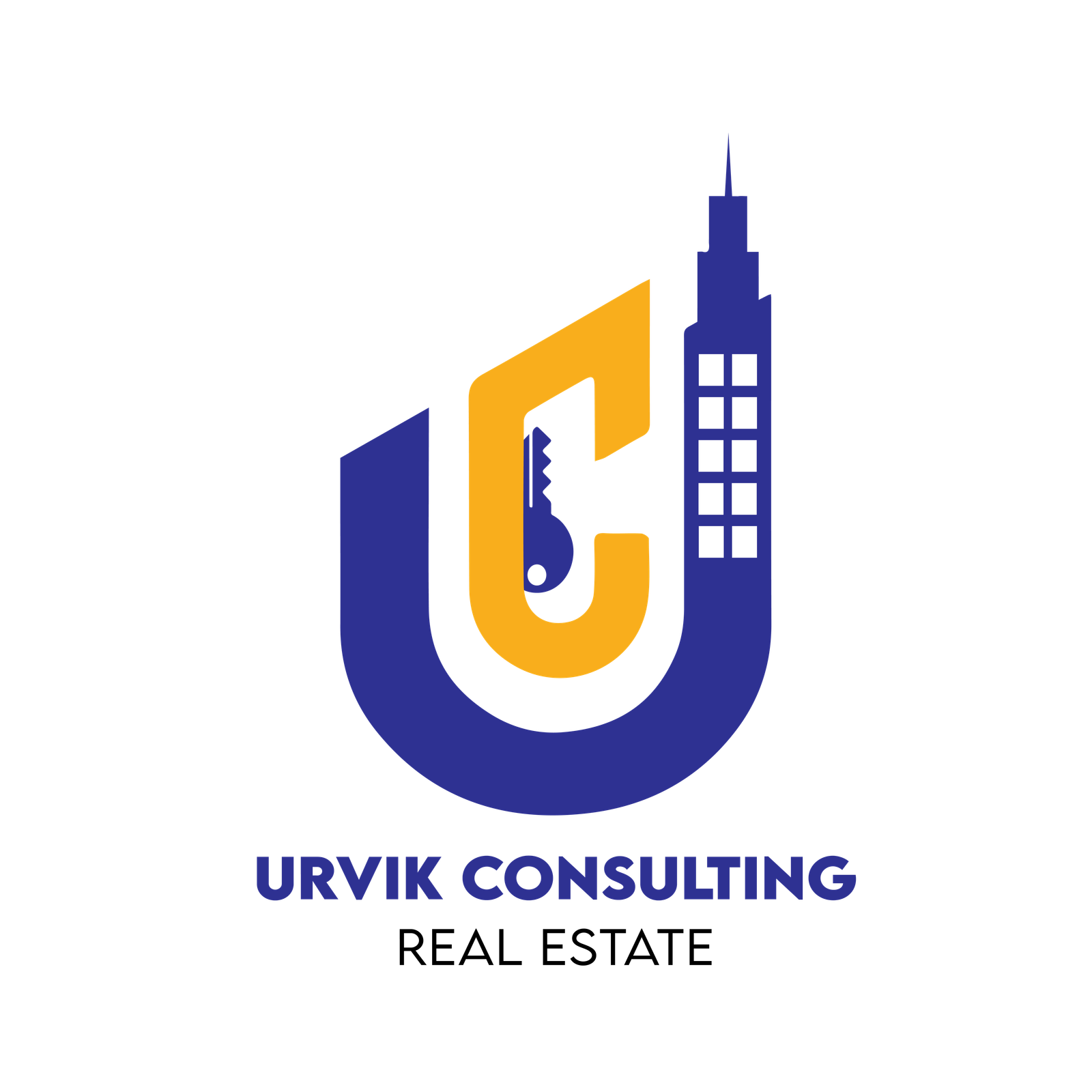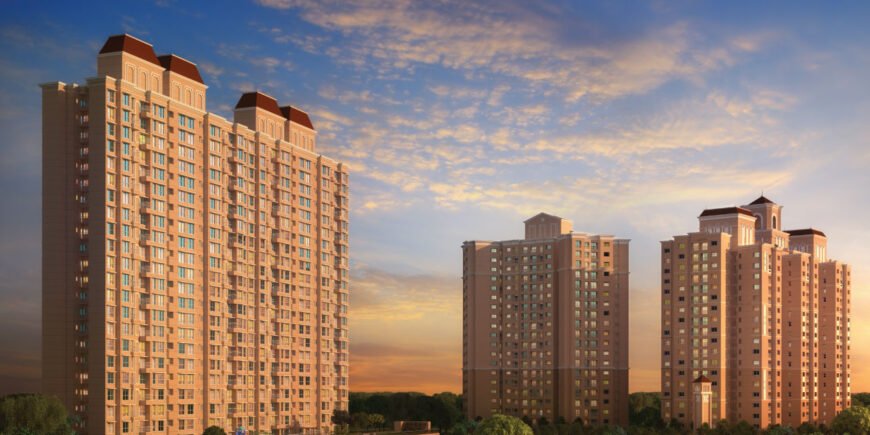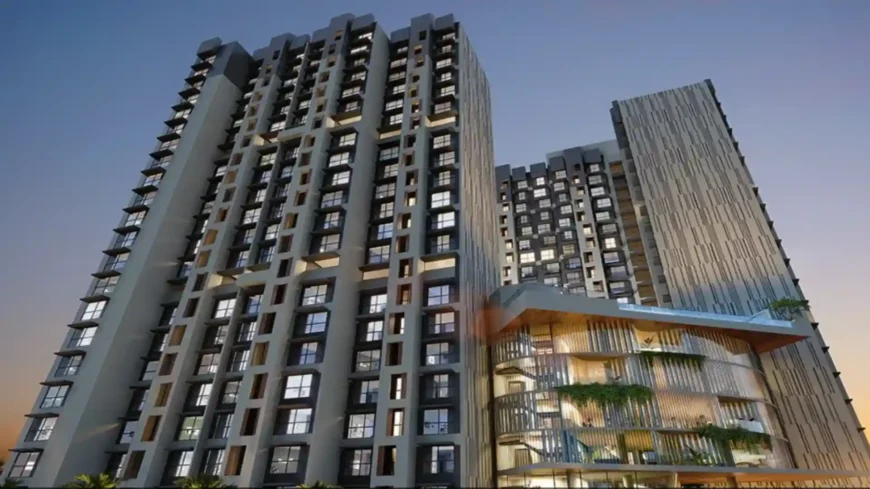Affordable vs Premium: Comparing Mumbai Suburbs for Home Buyers and Investors
Table of Contents
From modest apartments on the city’s outskirts to towering luxury skyscrapers in prime zones, Mumbai’s real estate market is incredibly diverse. But what really separates an affordable suburb from a premium one?
Whether you’re a first-time homebuyer, a savvy investor, or simply exploring options, understanding this divide can help you make the right property decision.
What Makes a Suburb Affordable or Premium in Mumbai?
It’s not just about price tags. The distinction comes down to:
✅ Location — central vs. outskirts
✅ Connectivity — rail, road, metro
✅ Amenities & lifestyle — basic vs. luxury living
✅ Future potential — how much value the area might gain over time
Affordable Suburbs: Budget-Friendly Choices on Mumbai’s Edges
Price Range: ₹4,000 – ₹10,000 per sq. ft.
Typical Buyers: Middle-income families, first-time buyers, investors seeking affordable entry points
Key Features: Basic infrastructure, growing connectivity, decent rental yields
✅ Panvel
- Price: ₹9,000–₹14,000/sq. ft.
- Strong future thanks to the Navi Mumbai International Airport and Mumbai Trans-Harbour Link (MTHL)
- Clean environment and new townships coming up
✅ Virar
- Price: ₹6,000–₹8,000/sq. ft.
- Excellent rail connectivity on Western Line
- Affordable for new buyers, with decent amenities
✅ Nalasopara
- Price: ₹5,000–₹7,000/sq. ft.
- Extremely budget-friendly
- Still developing in terms of infrastructure
✅ Badlapur & Ambernath
- Price: ₹4,500–₹6,500/sq. ft.
- Central Railway connectivity
- Popular for entry-level investments
These areas are transforming rapidly, especially Panvel, which is emerging as a future real estate hotspot due to mega infrastructure projects.
Premium Suburbs: Luxury Living and Elite Status
Price Range: ₹25,000 – ₹1,20,000+ per sq. ft.
Typical Buyers: HNIs, NRIs, celebrities, top executives
Key Features: Prime locations, luxury amenities, status symbol, strong long-term value
Top Premium Suburbs:
🌟 Bandra (West)
- Price: ₹80,000–₹1,20,000/sq. ft.
- Bollywood’s backyard
- Chic cafes, sea views, heritage vibe mixed with modern towers
🌟 Worli
- Price: ₹70,000–₹1,10,000/sq. ft.
- Stunning sea views and skyscrapers
- Quick access to South Mumbai via the Sea Link
🌟 Juhu
- Price: ₹65,000–₹1,00,000/sq. ft.
- Famous for bungalows and beachfront living
- Attracts film stars and old-money families
🌟 Powai
- Price: ₹25,000–₹45,000/sq. ft.
- Beautiful lake views and modern township living
- Ideal for IT professionals in nearby business hubs
🌟 Lower Parel
- Price: ₹50,000–₹90,000/sq. ft.
- High-end malls, corporate offices, luxury high-rises
These locations offer not just homes but a premium lifestyle, with features like rooftop pools, concierge services, and high-profile social circles.
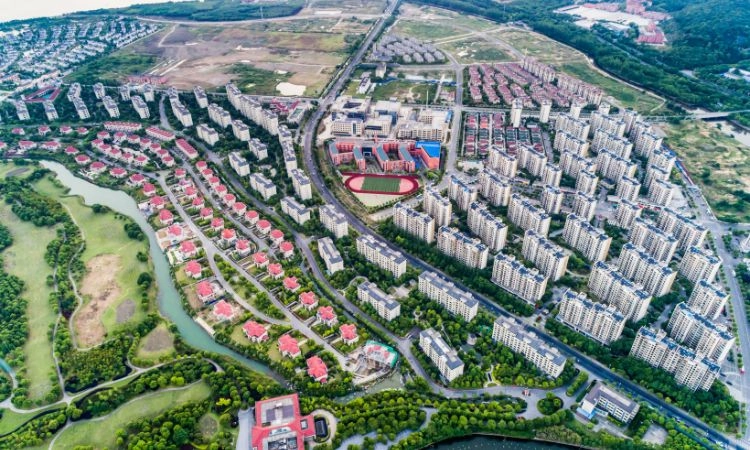
How Infrastructure Shapes Mumbai’s Real Estate Map
Infrastructure changes everything in Mumbai. Affordable areas are often transformed by new roads, metros, and airports, leading to price growth.
✅ Affordable Suburbs Gaining Ground:
- Panvel is booming thanks to MTHL and the upcoming Navi Mumbai International Airport.
- Dombivli and Kalyan are benefitting from new metro lines and highways.
- Virar and Vasai see growth due to expressways and railway upgrades.
✅ Premium Suburbs Stay Strong:
- Bandra-Worli Sea Link keeps Bandra and Worli premium.
- Metro Line 3 will enhance connectivity for zones like Worli and Mahalaxmi.
- Eastern Freeway and Coastal Road keep South Mumbai accessible.
Cost Comparison: Affordable vs Premium Suburbs
Here’s how property costs compare:
| Suburb Type | Location | Price Range (₹/sq. ft.) | 1 BHK Price | 3 BHK Price |
|---|---|---|---|---|
| Affordable | Panvel | ₹9,000–₹14,000 | ₹35–60 lakhs | ₹90 lakhs–1.5 crore |
| Affordable | Virar | ₹6,000–₹8,000 | ₹25–35 lakhs | ₹60–80 lakhs |
| Premium | Bandra W | ₹80,000–₹1,20,000 | ₹3.5–5 crore | ₹9–15 crore |
| Premium | Worli | ₹70,000–₹1,10,000 | ₹3–4 crore | ₹8–12 crore |
| Premium | Powai | ₹25,000–₹45,000 | ₹1–1.5 crore | ₹2.5–4 crore |
Insights:
- Panvel remains about 20–25% cheaper than Navi Mumbai areas, making it a smart investment pick.
- Premium zones maintain their value due to location and lifestyle.
- Infrastructure in Panvel is steadily pushing prices upward.
Rental Trends: Where Are Tenants Looking?
Rental demand is healthy across segments:
| Suburb Type | Location | 1 BHK Rent | 3 BHK Rent |
|---|---|---|---|
| Affordable | Panvel | ₹8,000–₹12,000 | ₹25,000–₹40,000 |
| Affordable | Virar | ₹6,000–₹9,000 | ₹18,000–₹30,000 |
| Premium | Bandra | ₹55,000–₹90,000 | ₹1.5–3 lakh |
| Premium | Worli | ₹50,000–₹85,000 | ₹1.2–2.5 lakh |
| Premium | Powai | ₹35,000–₹60,000 | ₹85,000–1.5 lakh |
Key Takeaway:
- Affordable suburbs like Panvel offer strong rental yields due to growing demand from professionals.
- Premium zones have stable rents but require a much higher upfront investment.
Lifestyle: What Do You Get for Your Money?
Affordable Suburbs:
- Basic but improving amenities like gyms, parks, children’s areas
- Essential public transport and local markets
- Panvel is seeing modern gated communities with new features like swimming pools and landscaped parks
Premium Suburbs:
- Infinity pools, private gyms, sky lounges
- Concierge services, private elevators, smart home tech
- Luxury shopping, fine dining, elite schools nearby
- Prestige and exclusivity
If you’re looking for value and practicality, affordable areas like Panvel are ideal. But if you want luxury and status, premium suburbs deliver an unmatched lifestyle.
Investment Outlook: Where to Buy in 2025?
Affordable Suburbs (e.g., Panvel)
- Lower entry cost
- High potential for future appreciation
- Attractive rental yields
Premium Suburbs (e.g., Bandra, Worli)
- Stable asset value
- Prestige and luxury appeal
- Consistent demand among affluent buyers
In 2025, Panvel is the hot topic. It’s transitioning from an affordable suburb to a premium micro-market, thanks to mega projects like the Navi Mumbai airport and MTHL.
Who Should Buy Where?
| Buyer Profile | Best Choice | Why |
|---|---|---|
| First-time buyers | Affordable suburbs like Panvel, Virar | Lower costs, future growth potential |
| Investors | Panvel, Powai | Rental income, property appreciation |
| Luxury seekers | Bandra, Worli, Juhu | Elite lifestyle, premium amenities |
| Professionals in Navi Mumbai | Panvel, Kharghar | Proximity to jobs and transit hubs |
| NRIs/HNIs | Bandra, Worli, Powai | Safe premium investments, prestige |
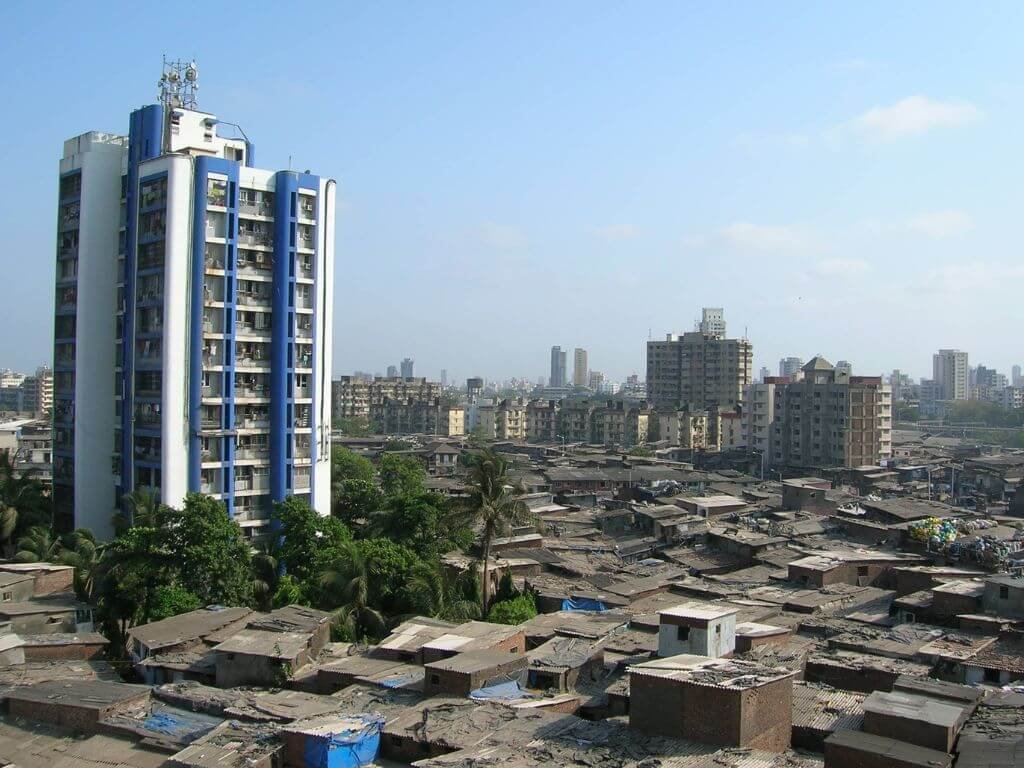
Final Thoughts
Whether you’re looking for budget housing or an exclusive lifestyle, Mumbai has options for every dream and budget.
- Choose affordable suburbs like Panvel or Virar if you want long-term growth and lower entry costs.
- Opt for premium zones like Bandra or Worli if luxury living and high-profile addresses matter most.
At Urvik Consulting, we’re here to help you navigate these choices and invest wisely in Mumbai’s ever-changing property landscape.
5 Smart & Legal Ways to Save Stamp Duty on Your Property Purchase in India
Table of Contents
Buying a home is one of life’s biggest milestones—but it comes with hefty costs, especially stamp duty and registration charges. The good news? There are several smart and legal ways to reduce your stamp duty bill without breaking any rules.
If you’re planning to buy property in India, here are 5 effective tips to save stamp duty and make your home-buying journey a little easier on the pocket.

1. Register Property Jointly with a Female Family Member
One of the simplest ways to cut down your stamp duty costs is to register the property jointly with a woman in your family, like your wife, mother, or daughter.
Why it works:
✅ Many states offer lower stamp duty rates for women. For instance, in Delhi, women pay 4% compared to 6% for men. On a high-value property, this 2% saving can run into lakhs of rupees.
✅ It also encourages women’s property ownership and financial security.
Tip: Ensure the woman co-owner genuinely holds a share in the property to comply with legal requirements.
2. Buy in a Rural or Semi-Urban Area
If you’re open to living slightly outside major cities, buying in rural or less urbanized zones can help you save a lot on stamp duty.
Here’s why:
✅ Rural and semi-urban areas often have lower circle rates, meaning the property’s government-assessed value is lower—and so is your stamp duty.
✅ Many state governments provide additional subsidies for properties outside city limits to boost regional development.
✅ As infrastructure grows, these areas can appreciate significantly in value.
3. Take Advantage of Government Rebates & Subsidies
Several Indian states offer stamp duty rebates, concessions, or subsidies for specific groups of homebuyers, such as:
- First-time buyers
- Women
- Senior citizens
- Beneficiaries of affordable housing schemes
For example, Maharashtra has periodically reduced stamp duty to stimulate the real estate market. These offers can translate to big savings—sometimes slashing stamp duty rates by 1-3%.
Tip: Stay updated on your state government’s housing policies or consult a property expert to ensure you don’t miss out on available benefits.
4. Register at the Circle Rate (If Legally Applicable)
Stamp duty in India is calculated on the higher of two values: the transaction price or the circle rate (also called the ready reckoner rate).
If the property’s market value and the circle rate are close—and it’s legal to register at the circle rate—you can save a significant sum.
Example:
- Market value of your flat: ₹60 lakhs
- Circle rate value: ₹50 lakhs
If you register the property at ₹50 lakhs (and it’s legitimate), your stamp duty is calculated on the lower value—saving you thousands.
⚠️ Important: Underreporting the property value below actual market price is illegal and can attract severe penalties. Always consult a legal expert to ensure your transaction complies with the law.
Also Read : Understanding RERA for Thane Property Buyers
5. Transfer Property Through a Gift Deed to Blood Relatives
Another excellent way to save on stamp duty is via gift deeds between blood relatives, such as parents, children, spouses, or siblings.
Many states offer heavily reduced stamp duty rates—or even fixed fees—for such transfers.
For instance:
- In Maharashtra, the stamp duty for gifting property from parents to children is just ₹200—far lower than the regular percentage-based duty.
Benefits:
✅ Legally recognized under the Transfer of Property Act.
✅ Saves significantly on both stamp duty and registration fees.
✅ Perfect for family succession planning or settlement.
Tip: Always register the gift deed properly and keep documents proving the relationship to qualify for exemptions.
Final Thoughts
While paying stamp duty is unavoidable, you don’t have to pay more than necessary. Whether it’s registering jointly with a woman family member, exploring rural locations, or using government rebates, these legal strategies can help you save big on your property purchase in India.
Before finalizing any transaction, talk to a trusted legal or real estate advisor to ensure you’re fully compliant—and making the most of every saving opportunity.
How Adani Projects Are Transforming Real Estate in Mumbai and Navi Mumbai (2025 Update)
Table of Contents
Mumbai’s real estate landscape is witnessing a game-changing shift—and at the forefront is Adani Real Estate. From the ambitious ₹10,000 crore Panvel township to the transformative Dharavi redevelopment, Adani is redefining urban life in both Mumbai and Navi Mumbai. Backed by infrastructure growth, government support, and a vision for sustainable urban living, these projects signal a new era for property buyers and investors in 2025.
Adani Projects Driving Real Estate Growth
One of the most significant milestones in Adani’s real estate journey is its massive township project in Panvel. Spanning over 1,000 acres, this development stands at a strategic location, benefiting from proximity to:
- Navi Mumbai International Airport (NMIA)
- Mumbai Trans Harbour Link
- Industrial and IT hubs across Navi Mumbai and Panvel
Here’s why this matters for homebuyers and investors:
- Property appreciation: Prices are poised to rise due to enhanced connectivity and robust demand.
- Brand trust: Adani’s reputation adds an extra layer of credibility for investors.
- Housing variety: Over 100,000 housing units are planned, catering to both premium and affordable segments.
This township represents not just real estate growth, but a blueprint for modern urban living.
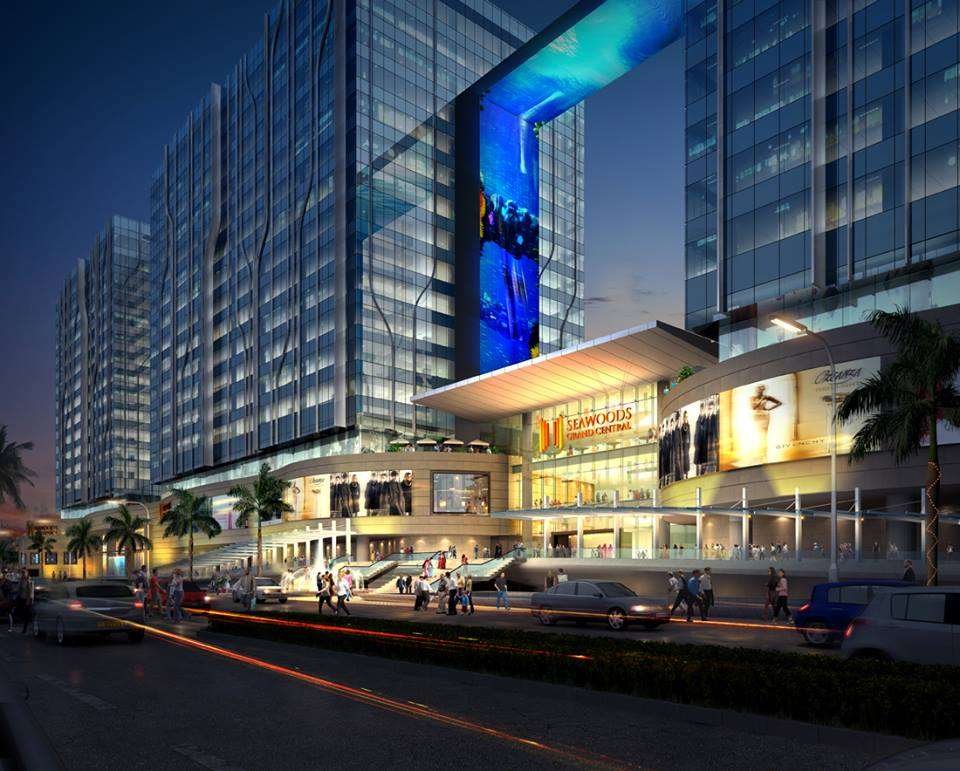
Dharavi Redevelopment: More Than Just Real Estate
Few projects have the power to transform lives like the Dharavi redevelopment. Often labeled as one of Asia’s largest slum areas, Dharavi is on the brink of a historic metamorphosis under Adani’s leadership.
Here’s what makes this project significant:
- Modern living standards: Residents will receive new apartments featuring separate kitchens, in-built toilets, better ventilation, and more light.
- Upgraded living spaces: Homes will grow from the existing ~269 sq ft to between 315–322 sq ft under PMAY norms.
- Eligibility criteria: Free new homes will be offered to those who can prove residence in Dharavi prior to January 1, 2000. Others will have access to affordable rental housing.
Beyond real estate, this initiative is about human dignity, offering thousands of families a chance at a safer, cleaner, and healthier life.
Also Read : Adani-Led Navbharat Mega Developers to Transform Dharavi
Panvel Township: Smart Urban Planning and Sustainable Value
The Adani Panvel Township isn’t just a housing cluster—it’s a self-sustained urban ecosystem. Here’s what sets it apart:
- Residential zones with diverse housing options
- Schools, hospitals, shopping, and entertainment hubs
- Commercial and office spaces
- Expansive green zones and open areas
The township is strategically located in the Navi Mumbai Airport growth corridor, ensuring excellent future connectivity. Adani has secured 24 key land deals across 2023–2025, strengthening its footprint in Panvel and boosting investor confidence.
For homebuyers and investors alike, Panvel offers:
- Long-term price appreciation potential
- High quality of life due to planned infrastructure
- A balance of urban convenience and green living
Why It’s the Right Time to Invest
With infrastructure projects like NMIA and the Mumbai Trans Harbour Link nearing completion, Navi Mumbai and Panvel are among India’s hottest property zones. Adani’s projects align perfectly with this momentum.
Key investment advantages include:
- Strategic location with unparalleled connectivity
- High brand trust and transparency
- Potential for significant returns as demand surges post-infrastructure completion
- Future-ready developments prioritizing sustainability
Adani’s recognition as the Visionary Real Estate Brand of the Year 2025 underlines its leadership in reshaping urban India.
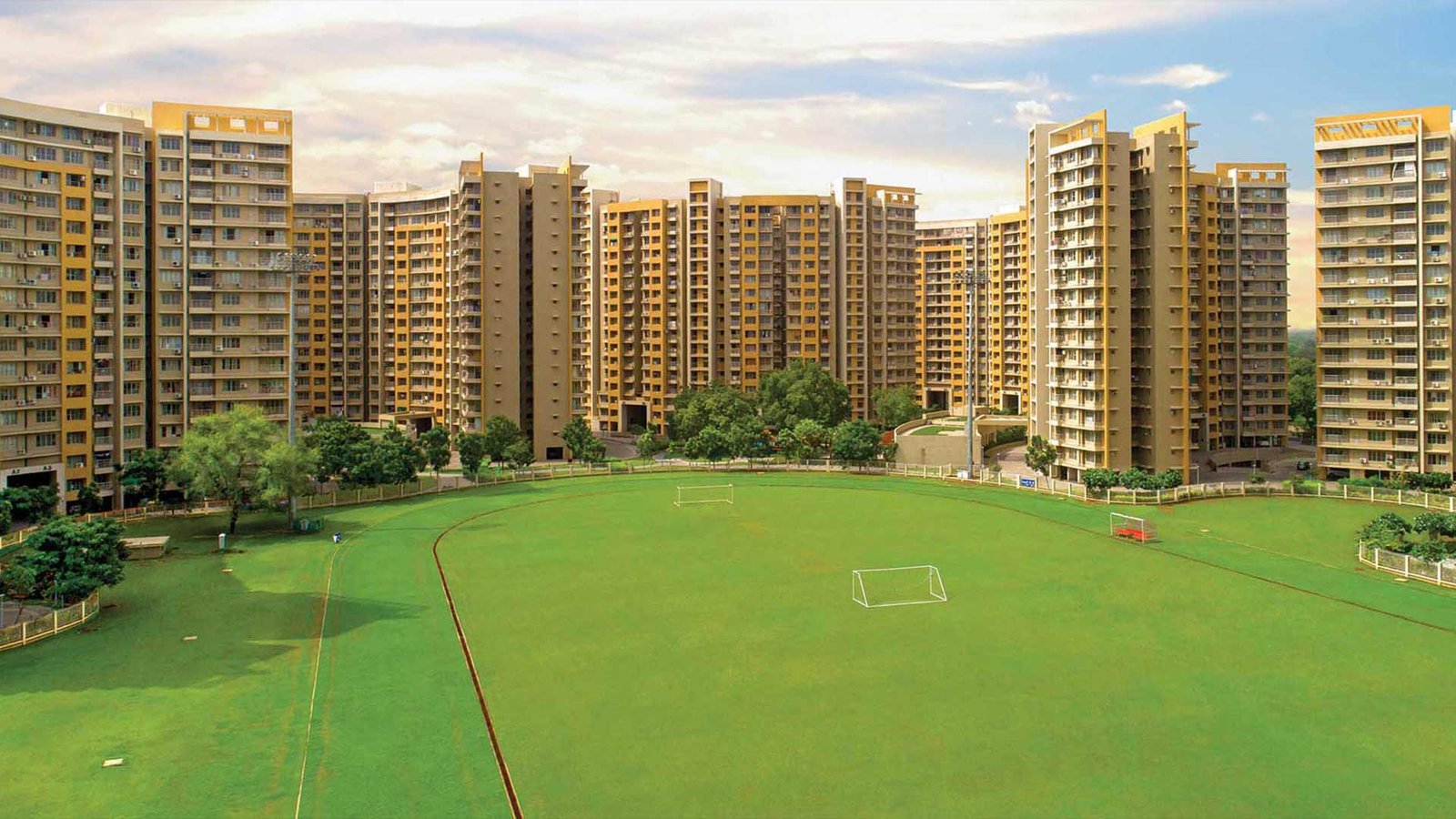
Government Support and Market Dynamics
The Maharashtra government is actively supporting Adani’s urban development ventures, making it easier for large-scale projects to move forward smoothly.
Government initiatives driving growth:
- Faster approvals for redevelopment
- Simplified inter-departmental processes
- Tax and zoning benefits for projects that improve urban infrastructure
Meanwhile, Adani’s scale is pushing other developers to raise their game. The result? More choices, better quality homes, and competitive pricing for buyers in Mumbai and Navi Mumbai.
Conclusion
Adani Real Estate’s projects mark a significant turning point in the real estate dynamics of Mumbai and Navi Mumbai. Whether it’s the transformative Dharavi redevelopment, offering residents a dignified new life, or the futuristic Panvel township redefining urban living, Adani is reshaping the region’s skyline—and its future.
For anyone considering property investment in 2025, now is the time to explore Mumbai and Navi Mumbai’s evolving markets. Adani’s projects don’t merely promise returns—they’re creating sustainable cities for generations to come.
